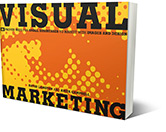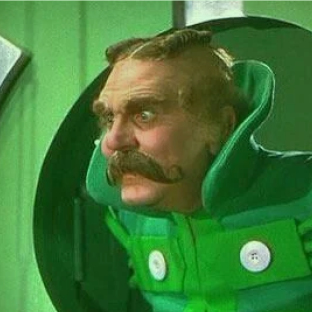Content must be organized in a logical way and presented clearly so that the visual communication can support the values and positioning of the company, product or service.
 Making the content right so the design can begin.
Making the content right so the design can begin.
Like many wealth managers Harvey Abrahams has a Powerpoint presentation that rarely gets shown. It’s used more often used as a hand-out or leave-behind. Harvey says he never actually shows the whole presentation. “I just pick out a relevant page,” he told me, “then I do my pitch.” Harvey called on our design firm to, “make his presentation look more professional.” I met with Harvey, co-founder and hedge fund manager for Akeida Capital, to discuss his presentation to investors. The Akeida Environmental Fund invests in renewable energy and seeks out highly qualified projects with strong returns.
Designers like to create beautiful images. We love the style, the color, the balance between image and type. And yet, a pretty picture is never enough. The foundation of content must be organized in a logical way and presented clearly so that the visual communication can support the values and positioning of the company, product or service.
Key Messaging
Harvey and Marisa Harary, Akeida’s head of business development, spent a lot of time sharing their sales presentation and explaining the key messages of the Akeida methodology for investing. Marisa was proud of the renewable energy that resulted from their investment and how it was good for the environment. Yet, Harvey insisted that, “it’s not about the environment. This was about business.” He stressed that investing was serious business and their primary goal was to provide a low risk investment solution that made money for their investors. Based on what Harvey said, we created a marketing statement for Akeida. “It’s not just about the environment. It’s about business.” The new statement encapsulated Marisa’s concern for the environment while capturing the fund’s positioning on being primarily about business.
Looks aren’t everything.
For Akeida Capital, we looked at the 50 or so slides they provided and found that “looks” were only part of the problem. Re-organizing the content and creating a more compelling case for investors was vital. In this case the content was quite good. In the Powerpoint presentation there are good examples of how the Akeida Environmental Fund works including the types of projects they invest in, the methods they use to invest, the process for evaluation and the credentials of the team who handles the transactions.
Content Organization
We went through the presentation and divided the slides into three categories:
1. Opportunity: Define the opportunity for investing in renewable energy and share the specific investments, timing and offerings that are now being considered.
2. Strategy: Share the process for investing, method of earnings, etc.
3. Capabilities: Tell the prospective investors why they should trust this team, background, experience and biographies.
Harvey and Marisa wanted to know why this was the right approach for them. I explained that new investors want to know what the investment is (Opportunity), how you are going to do it (Strategy) and that you are the right team to get this done (Capability). This all needs to be told in a compelling narrative.

Three visual themes that support the Akeida Capital investment philosophy.
Visual Communication Themes
Once your storytelling is in order, you need to find visuals and a format that presents your case in a professional manner. Norman Cherubino, creative director at Langton Cherubino Group, created a series of visual themes:
1. Vistas: Great outdoor images showing vast spaces in nature where renewable energy may be found.
2. Patterns: Extreme close-up images from nature, like a microscopic view of the patterns in a leaf, emphasizing the organic patterns in nature and the systemic method of investing.
3. Micro/Macro: Abstract world maps superimposed over images of nature emphasizing a global approach.
While I was presenting the visual themes, Harvey had this puzzled look on his face. I thought I might be losing him, so I asked him, “What’s wrong?” He started shaking his head and said, “You guys really put a lot of thought into this.” I assured him that indeed we did put a lot of thought into this. Harvey told me he had no idea this much thinking went into a visual presentation. I looked over to him and said, “That’s what we do. We think about visual communication, you think about investment opportunities for hedge funds. I could never do what you do.” He shook his head again, “Believe me, you could do what I do, but I could never do this visual thinking.”

Now I can assure you that I would not be a good hedge fund manager. Our work in organizing content, creating themes and selecting the right images may seem foreign to Harvey, but investing in environmental renewable resources and grasping the intricacies of high-level finance were way beyond my forte. This approach applies to all visual communication whether it’s a Powerpoint presentation, a marketing campaign or a website. The important thing to remember is that communicating in simple terms is hard work. You need to step back and analyze the basic messaging, then apply a logical order to your presentation followed by visual themes that support the product or service being promoted.
This article was also published on Graphicdesign.com. Back to Insights



